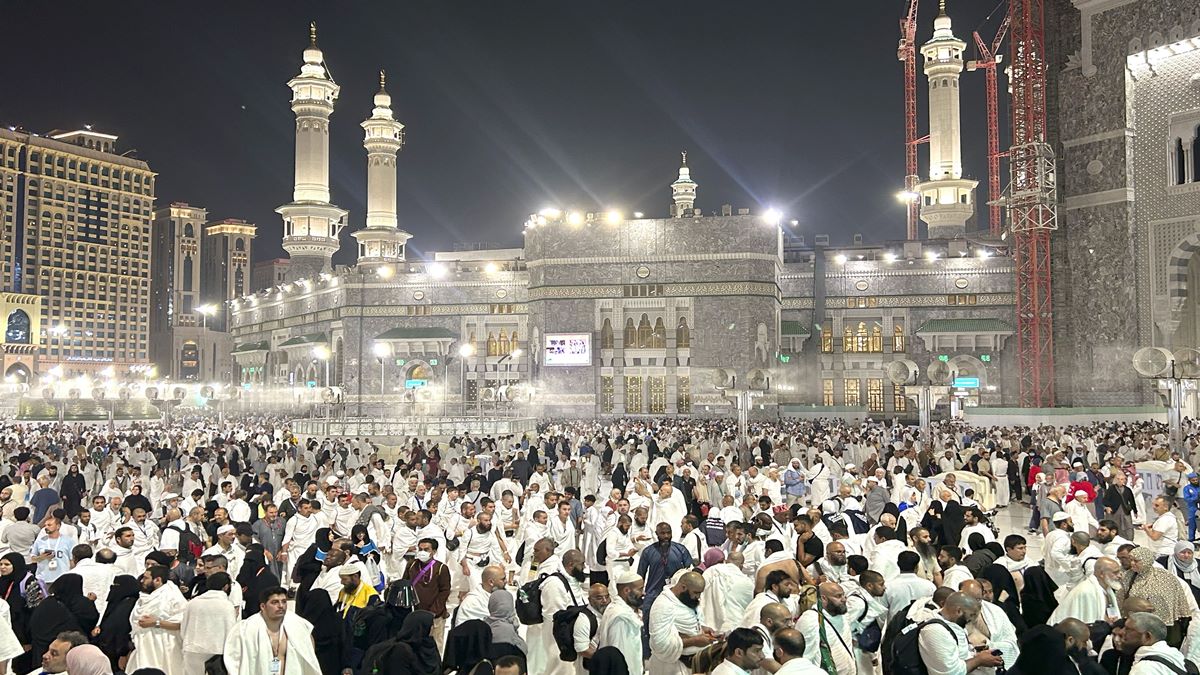Hajj pilgrimage to Mecca is one of the most significant events in the Islamic world, drawing millions of Muslims from across the globe. With Hajj 2025 approaching, Saudi Arabia has announced several updates that will impact pilgrims this year. These changes aim to improve the experience, ensure safety, and accommodate the increasing number of worshippers.
New Quotas and Registration Process
One of the biggest changes for Hajj 2025 is the updated quota system. Every year, Saudi Arabia allocates a specific number of Hajj visas to each country based on its Muslim population. For 2025, officials have announced a slight increase in quotas for several countries, allowing more pilgrims to participate. However, priority will be given to first-time applicants, ensuring that more people get a chance to perform Hajj.
To streamline the registration process, Saudi authorities have introduced a new digital system. Pilgrims will now be required to complete their application through an official online portal. This system will help reduce fraudulent applications and ensure a smoother visa approval process.
Improved Facilities and Transportation
Saudi Arabia has invested heavily in upgrading the infrastructure of the holy sites. In 2025, new air-conditioned tents in Mina will provide better comfort for pilgrims. These tents are designed to withstand extreme heat and will include better sanitation facilities.
Transportation has also been improved. The Haramain high-speed train, which connects Mecca, Medina, Jeddah, and King Abdullah Economic City, will have increased frequency during Hajj season. This will help reduce congestion on the roads and allow pilgrims to travel more quickly between key locations. Additionally, more shuttle buses will be available to transport worshippers within Mecca, especially between Mina, Arafat, and Muzdalifah.

Stricter Health and Safety Measures
Ensuring the health and safety of millions of pilgrims is a top priority. For Hajj 2025, Saudi authorities have introduced updated health protocols. Pilgrims will be required to have proof of vaccination for common infectious diseases, including COVID-19, meningitis, and seasonal flu. Health screening centers will be set up at major entry points to detect any potential outbreaks before they spread.
Emergency response teams will also be increased. More medical stations will be set up throughout Mecca, Mina, Arafat, and Muzdalifah, with additional ambulances on standby. Saudi authorities have also enhanced crowd management systems, using artificial intelligence (AI) and real-time monitoring to prevent overcrowding at key locations like the Jamarat Bridge, where the symbolic stoning of the devil takes place.
Increased Costs and New Payment Options
Due to inflation and the rising costs of services, Hajj 2025 is expected to be more expensive than previous years. Travel agencies and official Hajj operators have already indicated an increase in prices for accommodation, food, and transportation. However, the Saudi government has introduced flexible payment plans for pilgrims, allowing them to pay in installments rather than a lump sum.
To make transactions easier, more areas in Mecca and Medina will accept digital payments. Pilgrims will be encouraged to use electronic wallets and debit cards instead of carrying large amounts of cash. This move is expected to enhance security and prevent theft.
Sustainable and Eco-Friendly Initiatives
Saudi Arabia is also focusing on making Hajj more environmentally friendly. With millions of people gathering in one place, waste management has been a major challenge in past years. For 2025, authorities have introduced stricter recycling programs and biodegradable packaging for food and drinks. Pilgrims will also be encouraged to use reusable water bottles to cut down on plastic waste.
Solar-powered cooling stations will be set up across Mecca and Mina to provide relief from the heat while reducing energy consumption. Additionally, electric buses will be introduced for transportation between Hajj sites, contributing to a more eco-friendly pilgrimage.
Technology to Enhance the Pilgrimage Experience
Saudi Arabia has been integrating technology to improve the Hajj experience. In 2025, pilgrims will have access to a new mobile application that provides real-time updates on crowd levels, weather conditions, and prayer times. The app will also include navigation assistance, helping worshippers find their way through Mecca’s crowded streets.
Smart bracelets will be distributed to all registered pilgrims. These bracelets contain essential information such as the pilgrim’s identity, medical history, and emergency contact details. In case someone gets lost or needs medical help, authorities can quickly access their information and assist them.
New Guidelines for Umrah During Hajj Season
While Hajj is the main focus, many pilgrims also visit Mecca for Umrah, a lesser pilgrimage that can be performed at any time of the year. In 2025, Saudi Arabia will implement new rules limiting the number of people who can perform Umrah during the peak Hajj period. This is to ensure that those who are there for Hajj can complete their rituals without excessive crowding.
Pilgrims planning to perform both Hajj and Umrah will need to register separately for each, ensuring a fair distribution of access to the holy sites.
Final Thoughts
Hajj 2025 is set to bring many changes, with a strong focus on safety, convenience, and sustainability. While the increased costs may be a concern for some, the improved facilities, better crowd management, and enhanced use of technology will likely make the pilgrimage smoother and more comfortable for millions of worshippers.
For those planning to perform Hajj this year, early registration and careful preparation will be essential. As Saudi Arabia continues to modernize its pilgrimage infrastructure, Hajj remains not just a religious journey but a transformative experience for Muslims around the world.
Do follow on Instagram
“Strengthening Gulf Security: Overcoming Challenges & Seizing Strategic Opportunities”



